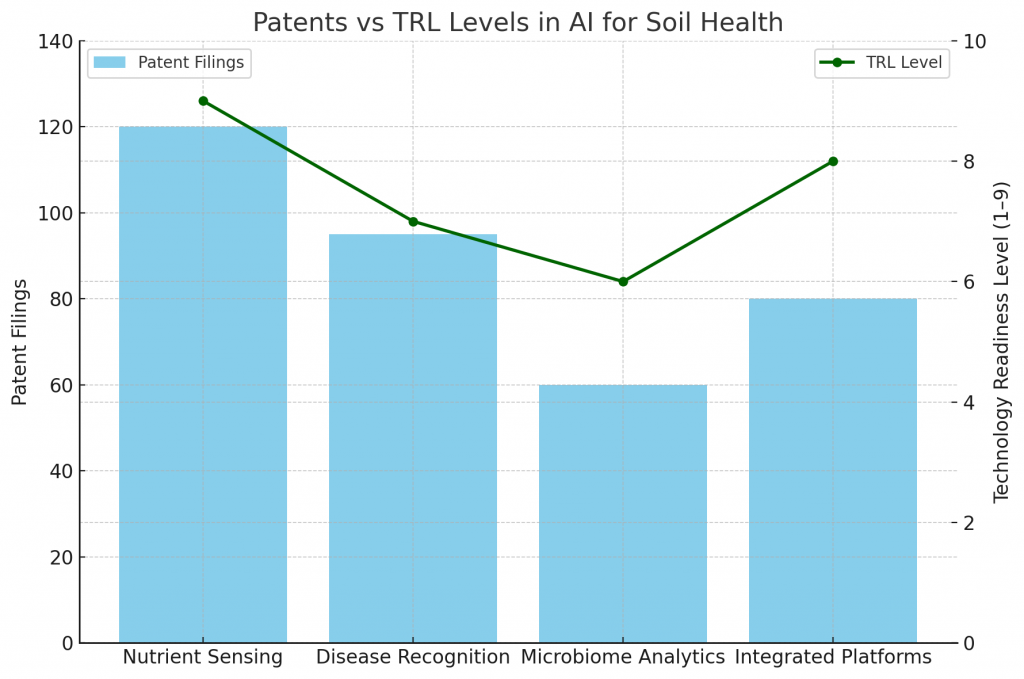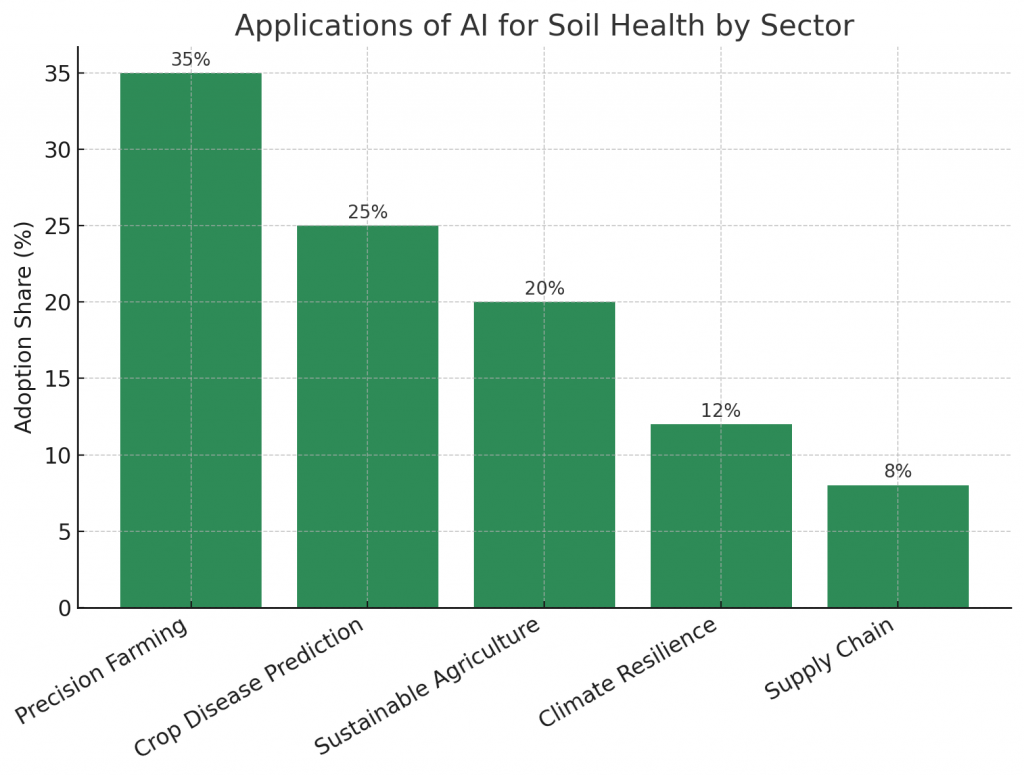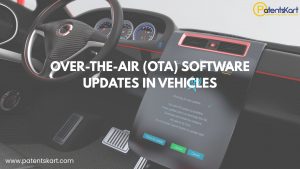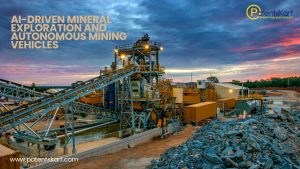What Is AI for Soil Health and How Can It Transform Crop Disease Prediction?
Soil is the foundation of agriculture, yet it remains one of the least monitored resources on Earth. Traditional methods of analyzing soil fertility and diagnosing plant stress often rely on manual sampling, time-consuming lab tests, and subjective farmer observations. In a world where food security and sustainability are urgent priorities, such limitations slow progress. This is where AI for soil health steps in, offering real-time insights and predictive power that traditional tools cannot match.
By combining machine learning, satellite imagery, IoT sensors, and agronomic datasets, AI for soil health enables farmers to manage land more precisely. It not only identifies nutrient deficiencies but also anticipates crop vulnerabilities through advanced crop disease prediction. Together, these capabilities unlock smarter farming practices that improve yields, lower input costs, and safeguard ecosystems.
How Does AI for Soil Health Work in Practice?
The core idea is to make invisible processes visible. AI systems ingest heterogeneous data—soil chemistry, moisture, weather records, imaging from drones or satellites—and translate them into actionable insights. For example:
- Sensor fusion: IoT devices measure soil pH, nitrogen levels, and microbial activity continuously.
- Remote sensing: AI algorithms interpret spectral signatures to detect early signs of disease or drought.
- Predictive analytics: Models forecast how soil conditions will evolve under different cropping or irrigation scenarios.
- Decision support: Dashboards recommend tailored fertilizer blends, irrigation schedules, or crop rotations.
These tools turn raw data into clear decisions. With AI for soil health, farmers can shift from reactive problem-solving to proactive planning.
Why Is Crop Disease Prediction So Critical for Farmers?
Plant pathogens account for billions in annual losses, threatening global food supply. By integrating AI into disease modeling, farmers gain early warnings before visible symptoms emerge.
Key advantages include:
- Early detection: AI classifies leaf discoloration or canopy stress days before the human eye notices.
- Localized insights: Regional weather and soil data sharpen predictions for specific microclimates.
- Targeted action: Farmers spray only where needed, reducing costs and chemical load.
- Yield stability: Timely response protects harvests from sudden outbreaks.
The fusion of AI for soil health and crop disease prediction redefines resilience, keeping farms profitable while reducing environmental burdens.
What Are the Main Benefits of AI for Soil Health in Smart Farming?
The adoption of AI systems contributes directly to smart farming strategies:
- Higher productivity: Optimal nutrient and irrigation plans maximize output per acre.
- Resource efficiency: AI avoids overuse of fertilizers and water, cutting waste.
- Sustainability gains: Improved soil fertility supports long-term regeneration.
- Risk management: Predictive alerts reduce losses from disease, pests, and climate stress.
- Data-driven learning: Farmers build cumulative knowledge for continuous improvement.
Through these outcomes, AI for soil health aligns with global goals for sustainable agriculture while strengthening local farm economies.
Which Companies Are Leading in AI for Soil Health Solutions?
Several innovators drive progress in this space:
- IBM Research – Leveraging Watson AI for agronomic analytics.
- Microsoft FarmBeats – Integrating IoT sensors, drones, and cloud intelligence.
- Ceres Imaging – Aerial imagery for nutrient and disease detection.
- AgroCares – Portable soil scanners paired with AI back-end analysis.
- Taranis – High-resolution crop scouting with AI classification.
- PEAT (Plantix) – Smartphone apps that diagnose crop diseases instantly.
These companies are demonstrating how AI for soil health can be scaled from pilot projects to millions of hectares.
Which Startups Are Pioneering Breakthroughs?
- Gamaya – Drone-based hyperspectral imaging for soil and crop monitoring.
- Trace Genomics – Soil microbiome sequencing linked with AI predictions.
- CropIn – Farm management solutions with predictive disease analytics.
- eLEAF – Satellite-driven water productivity insights.
- AgNext – AI quality assessment for crops and soil attributes.
Agility and domain focus allow startups to deliver disruptive features that complement larger platforms. Many of these solutions place AI for soil health at the center of precision farming systems.
What Do Patents and TRL Levels Indicate About Readiness?
Patent landscapes highlight the intensity of innovation:
- Soil sensors with AI algorithms – Patents cluster around multi-parameter sensing.
- Disease detection models – Growth in filings for leaf and canopy image recognition.
- Nutrient mapping systems – Integration of AI with geospatial data layers.
- Decision support software – IP covering recommendation engines for farm input use.
Technology Readiness Levels (TRLs) provide maturity context:
- Nutrient sensing platforms: TRL 8–9, commercially deployed.
- Disease recognition AI: TRL 6–8, expanding in pilot and field trials.
- Microbiome analytics: TRL 5–6, promising but emerging.
- Integrated platforms: TRL 7–9, adopted by agtech leaders.

Together, these signals confirm that AI for soil health is scaling rapidly, moving beyond labs into field-ready solutions.
What Are the Key Applications of AI for Soil Health?
Applications span the agricultural value chain:
- Precision farming: Field-specific nutrient and irrigation prescriptions.
- Crop disease prediction: Early alerts for fungal, bacterial, and viral outbreaks.
- Sustainable agriculture: Practices that regenerate soil while cutting chemical use.
- Climate resilience: Adaptive management under droughts, floods, or shifting seasons.
- Supply chain: Traceability of soil practices for buyers and regulators.

By linking soil vitality with crop health, AI for soil health ensures resilient yields and greener practices.
What Challenges Still Limit Large-Scale Adoption?
- Data gaps: Sparse datasets in developing regions reduce model accuracy.
- Connectivity barriers: Rural areas may lack IoT infrastructure.
- Farmer training: Digital literacy is essential to interpret outputs.
- Integration: AI must blend seamlessly with existing farm tools.
- Cost models: Affordable solutions are needed for smallholders.
Despite these hurdles, momentum builds as governments, NGOs, and agtech firms collaborate to democratize AI for soil health.
What Is the Future Outlook for AI in Soil Health and Farming?
The next decade will bring:
- Deeper microbiome integration – AI linking microbial profiles to soil vitality.
- Autonomous scouting – Robots and drones with onboard disease detection.
- Blockchain traceability – Verifying sustainable practices for buyers.
- Cross-sector platforms – Linking soil data with water, carbon, and climate systems.
- Policy alignment – Incentives for farms using AI-driven soil monitoring.
With these trends, AI for soil health becomes a cornerstone of precision farming and sustainable agriculture.
How Can PatentsKart Help?
PatentsKart supports innovators and stakeholders by providing:
- Patent landscapes to map opportunities and avoid crowded fields.
- Freedom-to-operate analysis for safe commercialization.
- TRL benchmarking to guide R&D and investment.
- Competitor and startup tracking for market intelligence.
- Licensing and partnerships to accelerate deployment.
For companies in AI for soil health, PatentsKart delivers actionable IP strategies that secure innovation while fueling growth.
Conclusion
The fusion of soil science, agronomy, and machine intelligence represents a breakthrough moment for agriculture. AI for soil health transforms farm management by giving early warnings, optimizing resource use, and protecting yields against unpredictable threats. By embedding these technologies into smart farming systems, the sector can achieve productivity gains and sustainability outcomes in parallel.
With the right IP strategy and ecosystem partnerships, the promise of AI for soil health can translate into resilient, profitable, and climate-aligned farming worldwide.
FAQs
Q1. What is AI for soil health in simple terms?
It’s the use of sensors, imaging, and algorithms to monitor soil conditions and recommend farming actions.
Q2. How does AI help with crop disease prediction?
AI analyzes plant images and soil data to identify stress or pathogens before symptoms are visible.
Q3. What industries are adopting AI for soil health first?
Agriculture, agri-tech platforms, and sustainability programs lead adoption.
Q4. What barriers slow adoption in small farms?
High costs, connectivity gaps, and limited training are the main obstacles.
Q5. How does PatentsKart help innovators in this space?
By mapping patents, analyzing TRLs, and guiding commercialization safely and effectively.







